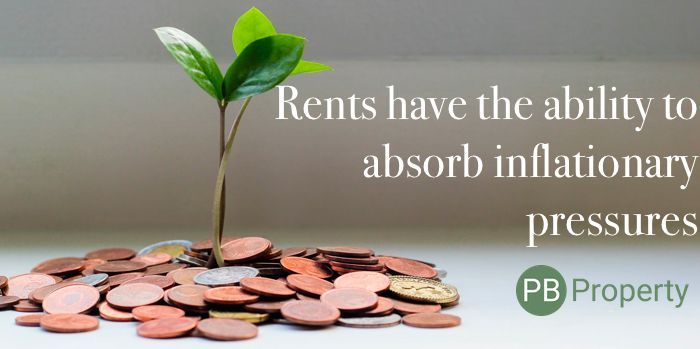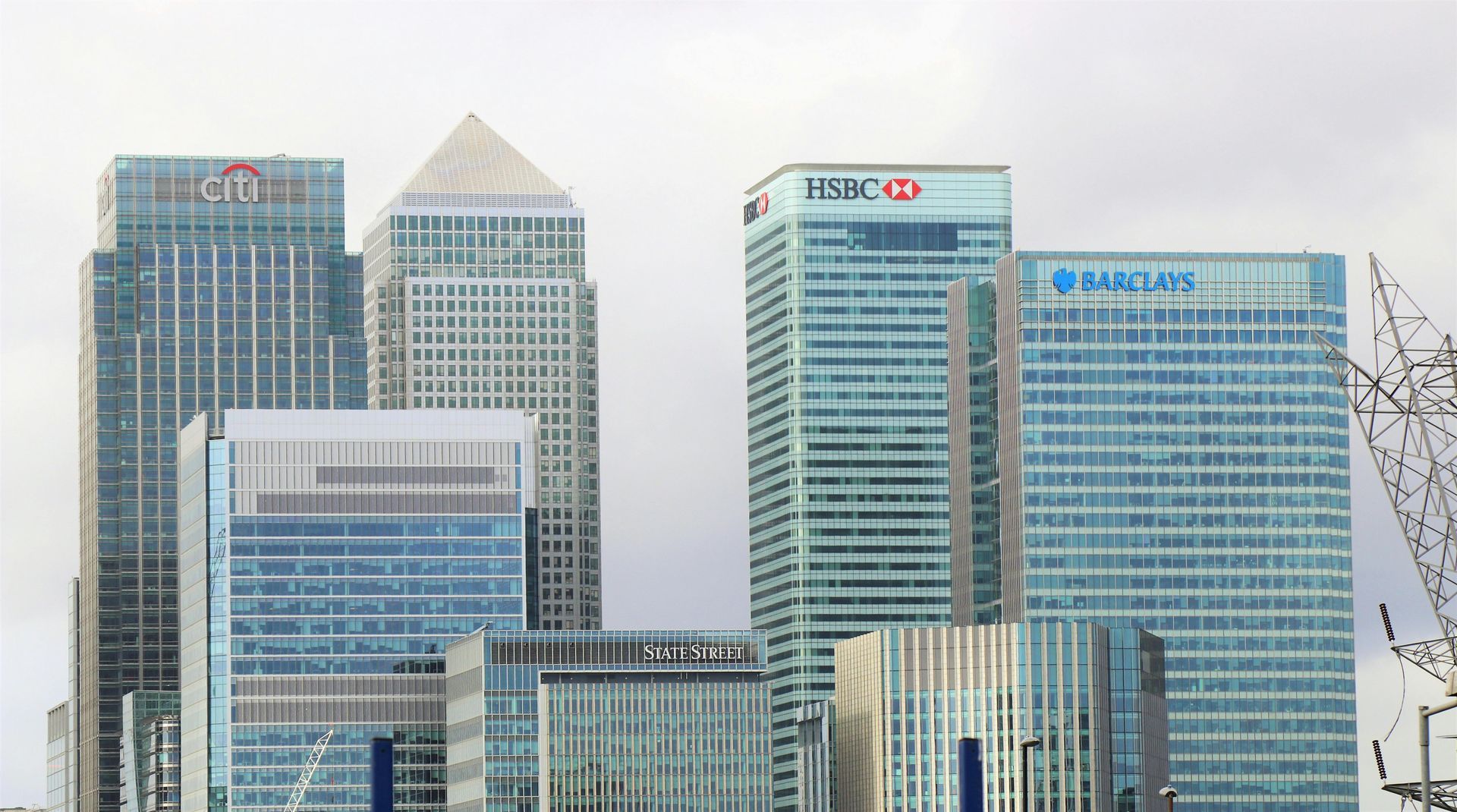
Not that bad for property market
While building costs will also rise with inflation, this may delay some projects, which may have a positive effect on the supply-demand dynamic.
The property sector is bracing for a market correction. The cash rate remains at record lows and RBA governor Philip Lowe has conceded there’s scope for rate rises in the medium term to bring inflation inside the RBA’s target band.
CPI is now sitting at 3.5 per cent, above the RBA’s target range for inflation of 2.0 per cent to 3.0 per cent.
Rising inflation means the cost of debt also rises, which is a dynamic the property sector has avoided as interest rates have remained at record lows.
However, asset owners who have locked in finance since interest rates have been at all-time lows will continue to benefit from lower costs.
“Developers that have constructed properties over the past few years will have a lower cost base compared to any new developments either under construction now or just about to start,” says KPMG chief economist Brendan Rynne.
The new developments that do proceed will need higher rents to compensate for the higher cost of construction. Alceon’s Todd Pepper estimates a 15 per cent to 20 per cent increase will be required to cover commensurate cost increases.
The most recent data available from the ABS shows for the September 2021 quarter, the implicit price deflator for non-dwelling construction—new engineering construction rose by 4.3 per cent versus the previous quarter, when this measure rose by 2.7 per cent.
Supply chain constraints and a construction boom in the residential sector supported by government stimulus packages have famously pushed up prices for inputs such as timber and steel during the pandemic.
Inflation is expected to head towards 4.0 per cent this year, before retreating in 2023 and stabilising at above-average levels for the remainder of the decade.
share to



